- Metal Only
- Gems
- Gem Setting
Metal Only Care
We make most of our jewelry with solid 14k gold and 950 platinum. These metals aren’t afraid of water or chemicals, so you can wear them every day! Our 24k gold pieces are softer and need a little more care. Make sure to remove them before swimming, bathing, cleaning, working out, or doing any hard labor to avoid bending and warping.
Cleaning your solid gold or platinum jewelry is super simple. Using a soft brush or cloth, gently scrub your jewelry with mild soap and water. For tough messes, soak it overnight in a cup of soapy water. For tougher messes, you can clean your plain metal jewelry in an ultrasonic cleaner.
1. Soap
Step 1
2. Warm water
Step 2
3. Leave it in overnight
Step 3
4. Close the drain
Step 4
5. Use soft brush
Step 5
6. Wet a clean cloth
Step 6
7. Wipe 'til ✨✨✨
Step 7
Extra tip!
Step 8
Metal With Gem Care
Jewelry with certain gems will need a little more care than plain metal jewelry.
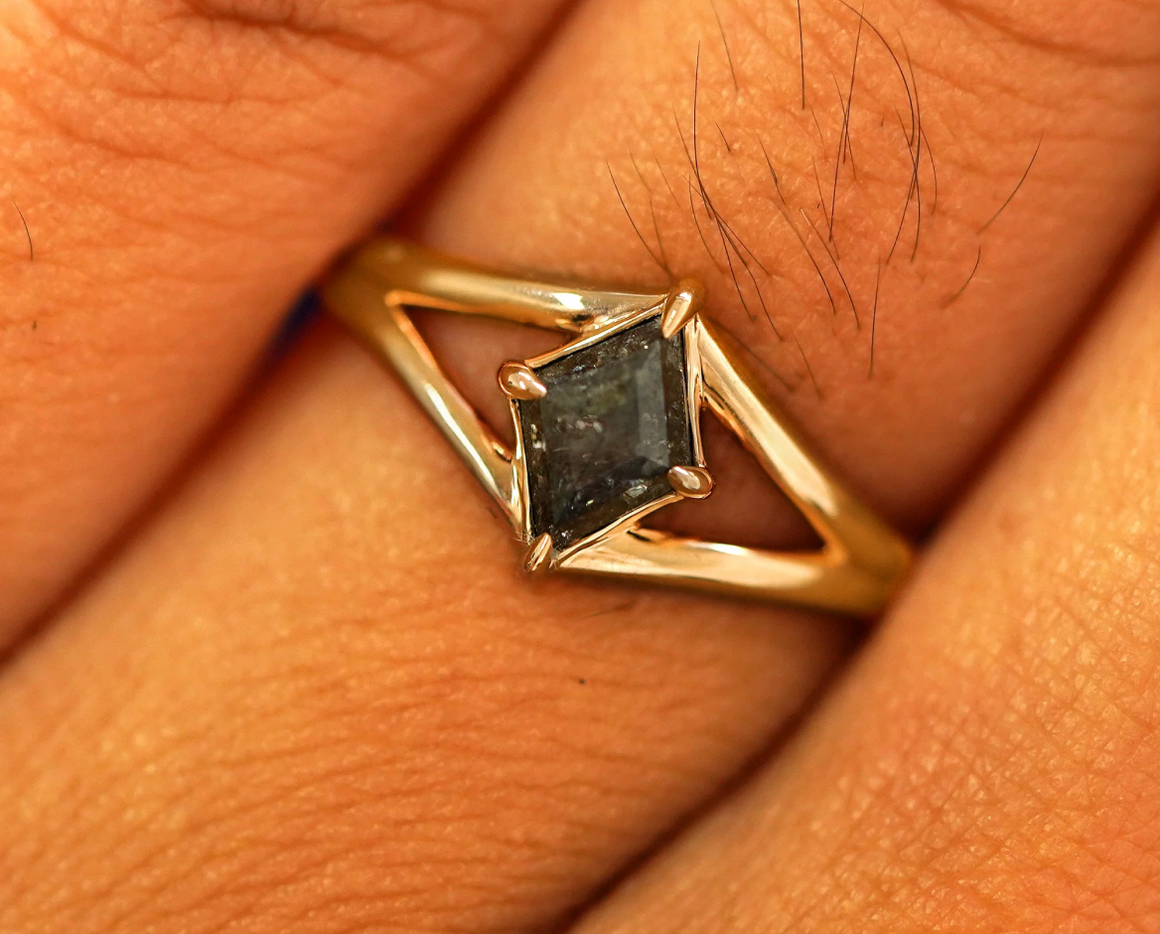
Diamond
Diamonds are the hardest mineral on earth and can only be scratched by other diamonds. Whether at the gym or the pool, you can wear your diamonds 24/7 worry-free. To clean them, gently scrub with a soft brush, warm water, and mild soap. Once dry, wipe with a soft lint-free cloth to restore their shine. You can clean most diamond jewelry in an ultrasonic cleaner however it's best to be cautious with salt and pepper diamond since the more inclusions a diamond has the more likely it is to be damaged.
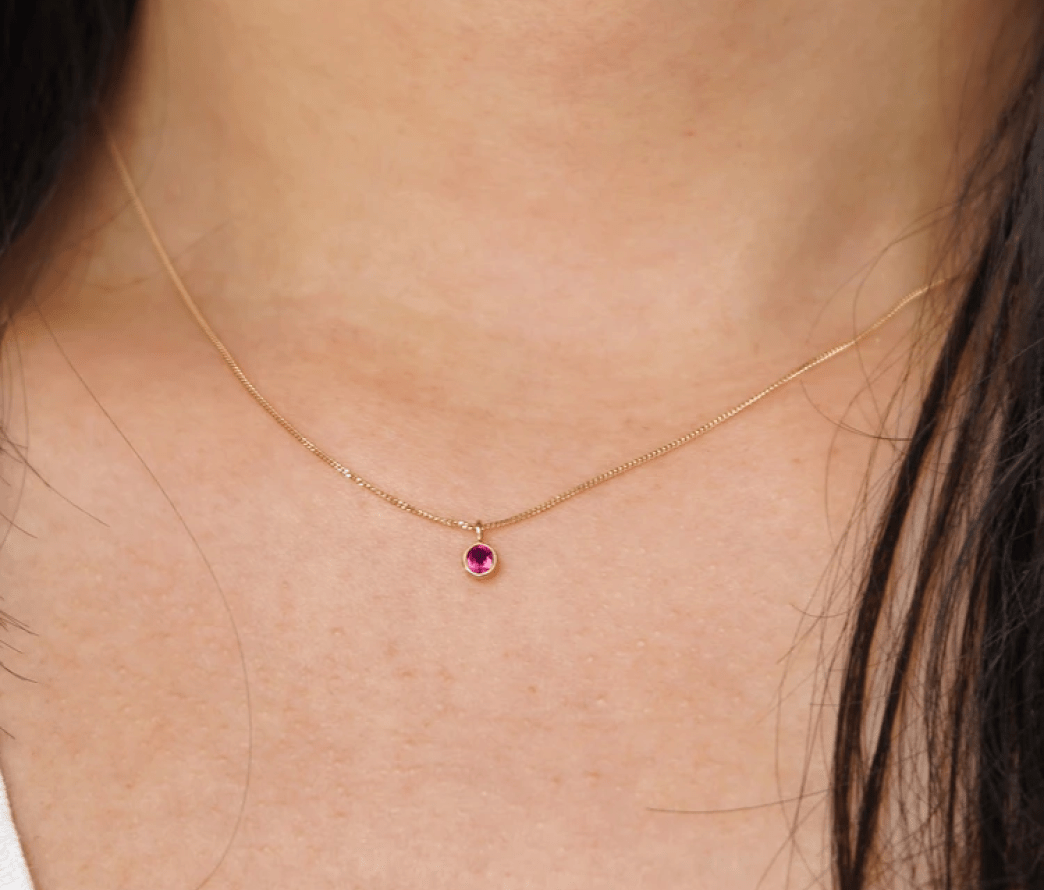
Hard Non-Porous
Sapphires, rubies, or moissanites
These stones can handle your workouts and just about anything else. You only need to take them off when doing intense work. To clean them, use a little mild soap with water and scrub with a soft cloth. They can also put these gems in an ultrasonic cleaner.
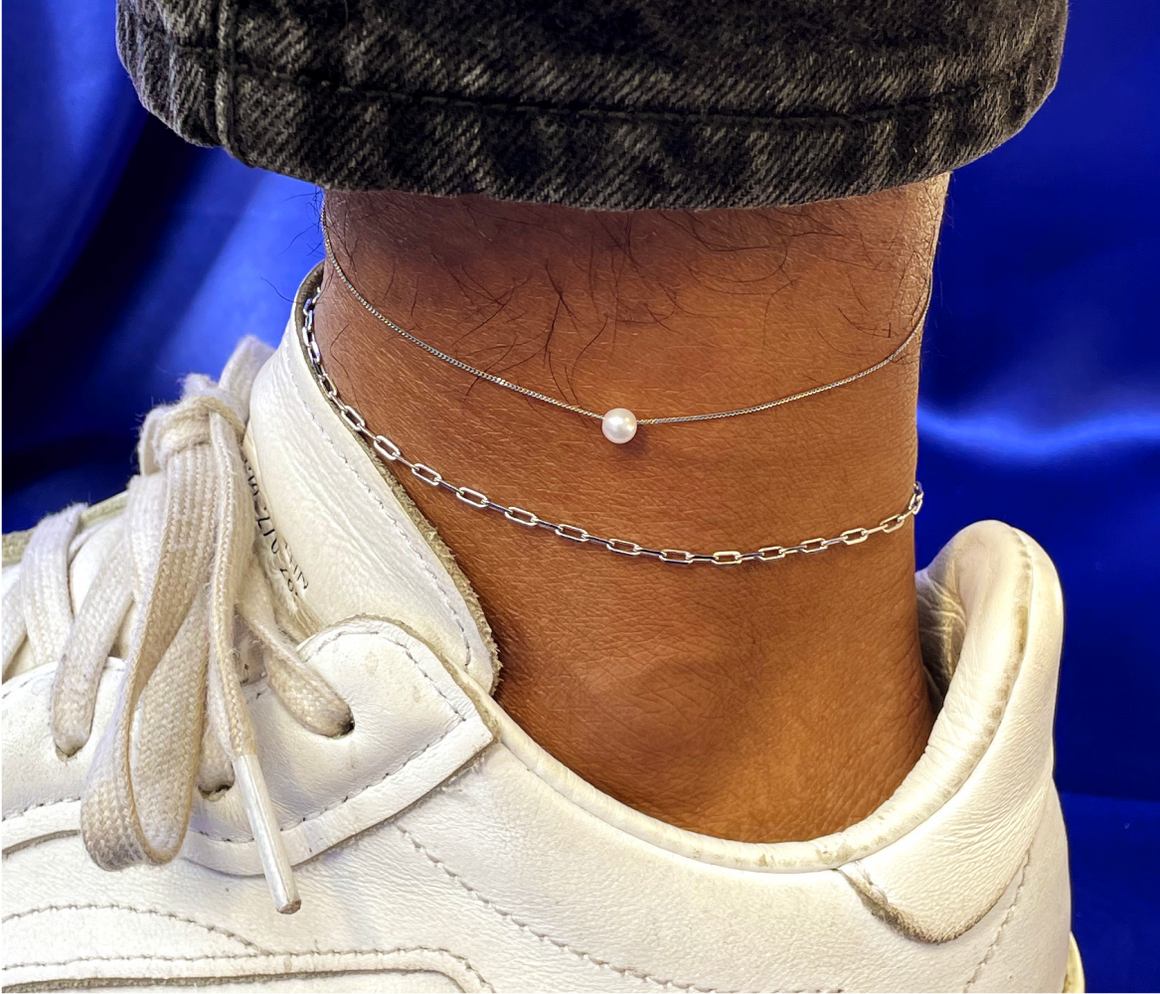
Soft Porous
Amber, coral, emeralds, jades, lapis lazuli, moonstones, onyx, pearls, tiger eye, turquoise, non-Australian opals
Some jewelry needs extra help to stay beautiful. Lotions and perfumes can damage these stones; they should be the last thing you put on and the first you remove. To prevent breaking, cracking, scratching, or color fading, avoid direct sunlight when possible and take these pieces off before washing your hands, working out, bathing, swimming, or doing hard labor. Only use a soft, dry or slightly damp cloth to wipe them clean. It's best to avoid an ultrasonic cleaner with these gems as the stones may become damaged.
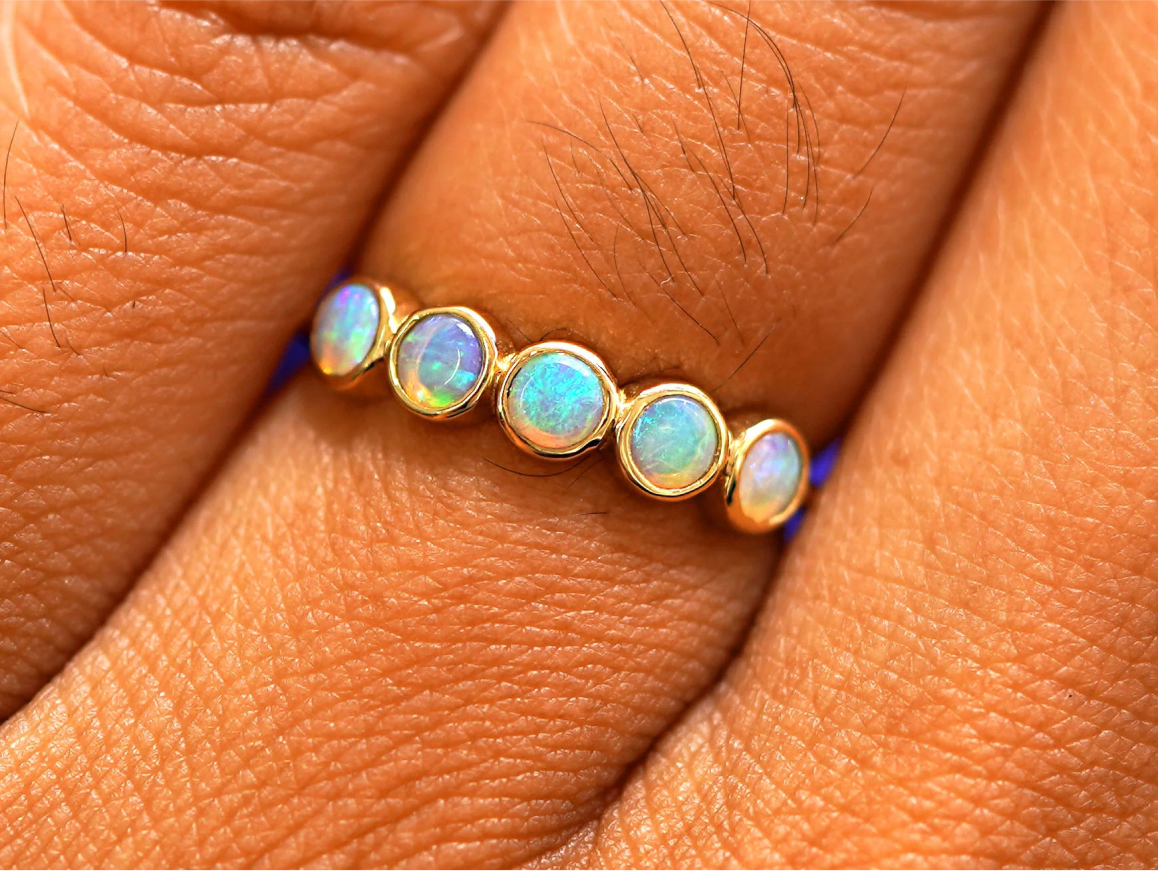
Soft Non-Porous
Alexandrites, amethysts, aquamarines, Australian opals, citrines, garnets, labradorites, morganites, peridots, spinels, tanzanites, topaz, tourmalines, zircons, quartz
These are more prone to scratching or breaking, but still immune to water and everyday chemicals like soaps, lotions, or perfumes. Take these pieces off when doing hard labor or working out to avoid scratching or chipping, and avoid prolonged direct sunlight as UV rays may fade their color. Keep them looking gorgeous by occasionally cleaning with mild soapy water and a soft cloth. For tougher messes some of these stones are relatively safe to use in an ultrasonic cleaner, provided they have minimal inclusions and fractures, however frequent exposure to the high temperatures may cause color to fade in some stones. Australian opal, labradorite, peridot, tanzanite, zircon, tourmaline, and topaz which should avoid the ultrasonic cleaner completely.
Setting Care
Bumping or dropping your jewelry, catching it on clothing, contact with harsh chemicals like chlorine or bleach, or even just normal everyday wear can cause your stone’s setting to loosen and wear down. Some metals (like gold) are softer than others and some setting types are more secure than others.
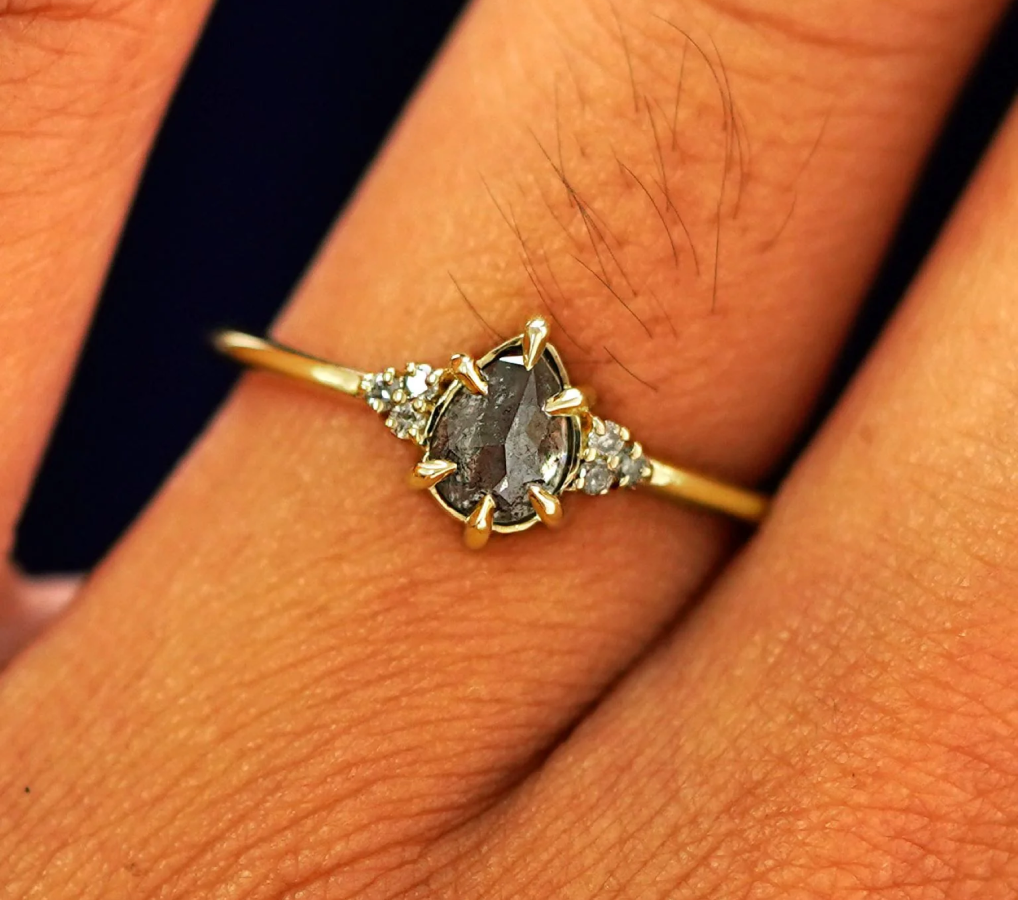
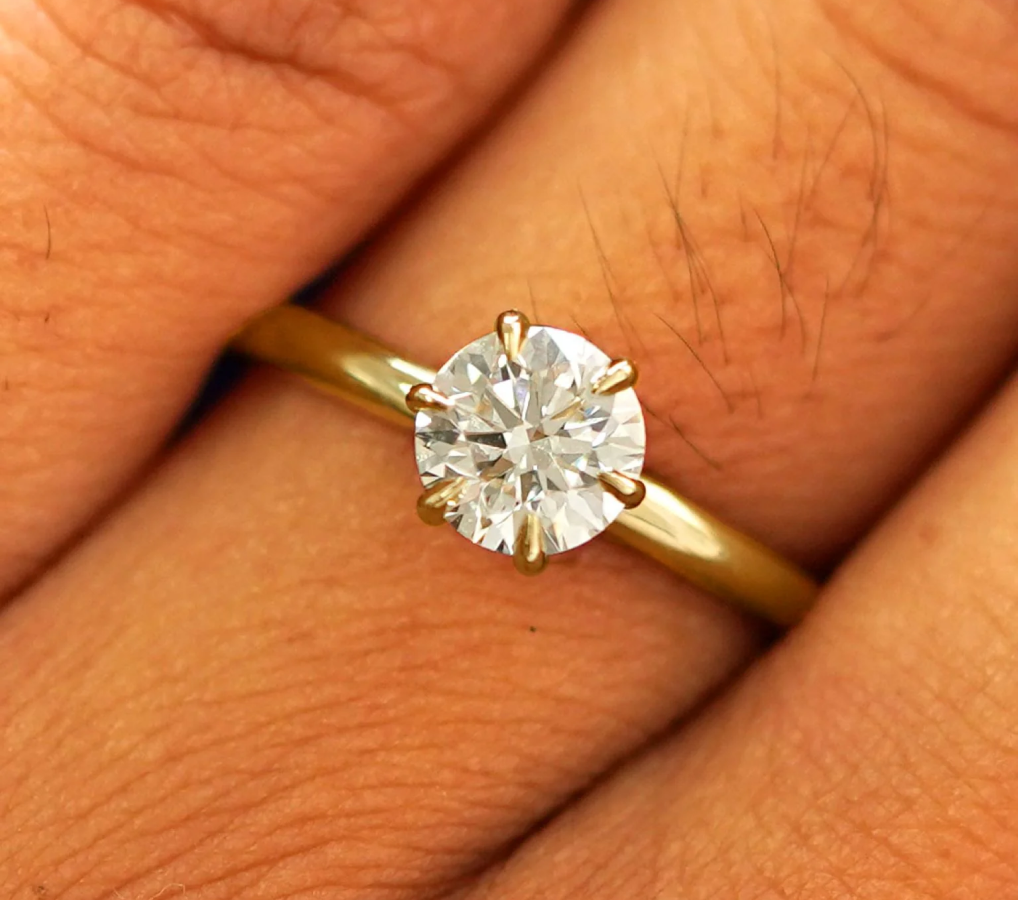
Bezel settings are always the best bet because the stone is protected all the way around. Prong settings tend to be less secure since they only partially cover the stone and protrude outwards from the jewelry. That said, the more prongs the setting has, the safer your stone is. An 8-prong ring will be much more secure than a 3-prong ring. Stone shape is also a factor, though—for stone shapes with corners (emerald, marquise, princess, etc.), it’s most important to have prongs on the corners as those parts of the stone are most prone to breaking off.
To make sure your stones stay secure, check their settings every few weeks with these easy steps:
- Check for any twisted, open or bent prongs, chipped stones, or worn-down metal.
- Softly tap on the stone with your fingernail. If the setting is secure, the stone won’t move.
- Put the tip of your fingernail on the side of your stone and gently try to rock it back and forth. Again, secure stones won’t move.
- Gently shake the jewelry close to your ear. If you hear any rattling, your setting might be worn down.
If you see or hear anything wrong with your setting, take off your jewelry immediately! Do not attempt to fix it yourself unless you’re experienced with repair, as this could further break the setting and risk damaging or losing your stone. Make sure to check your settings before and after cleaning your jewelry, especially if you are using an ultrasonic cleaner as the vibrations may cause your setting to loosen. If the stone is loose do not put your jewelry in the ultrasonic cleaner. If your jewelry needs repair, contact us . You can visit our FAQ and warranty pages for more information.
With just a bit of care, your jewelry can last you a (literal) lifetime!
